
Within the Caird Library's collection of rare books is the personal library of the seventh Astronomer Royal, Sir George Biddell Airy. It features a plethora of scientific and astronomical research, as well as some of the Library's most historically significant works such as Copernicus's influential 'De revolutionibus orbium coelestium' and Flamsteed's controversial 'Historiae coelestis', which was published without his consent
by Jon Earle, Library Assistant
Visit the Caird Library and Archive
George Airy (1801-1892), was Astronomer Royal for forty six years from 1835 – 1881, and was a highly influential figure in the scientific community. Some of his most notable achievements include a reorganisation of the Royal Observatory, measuring the mean density of the Earth and being the catalyst for the establishment of the Prime Meridian at Greenwich. Airy also acted as scientific advisor for the government on projects such as the construction of Big Ben’s chimes.
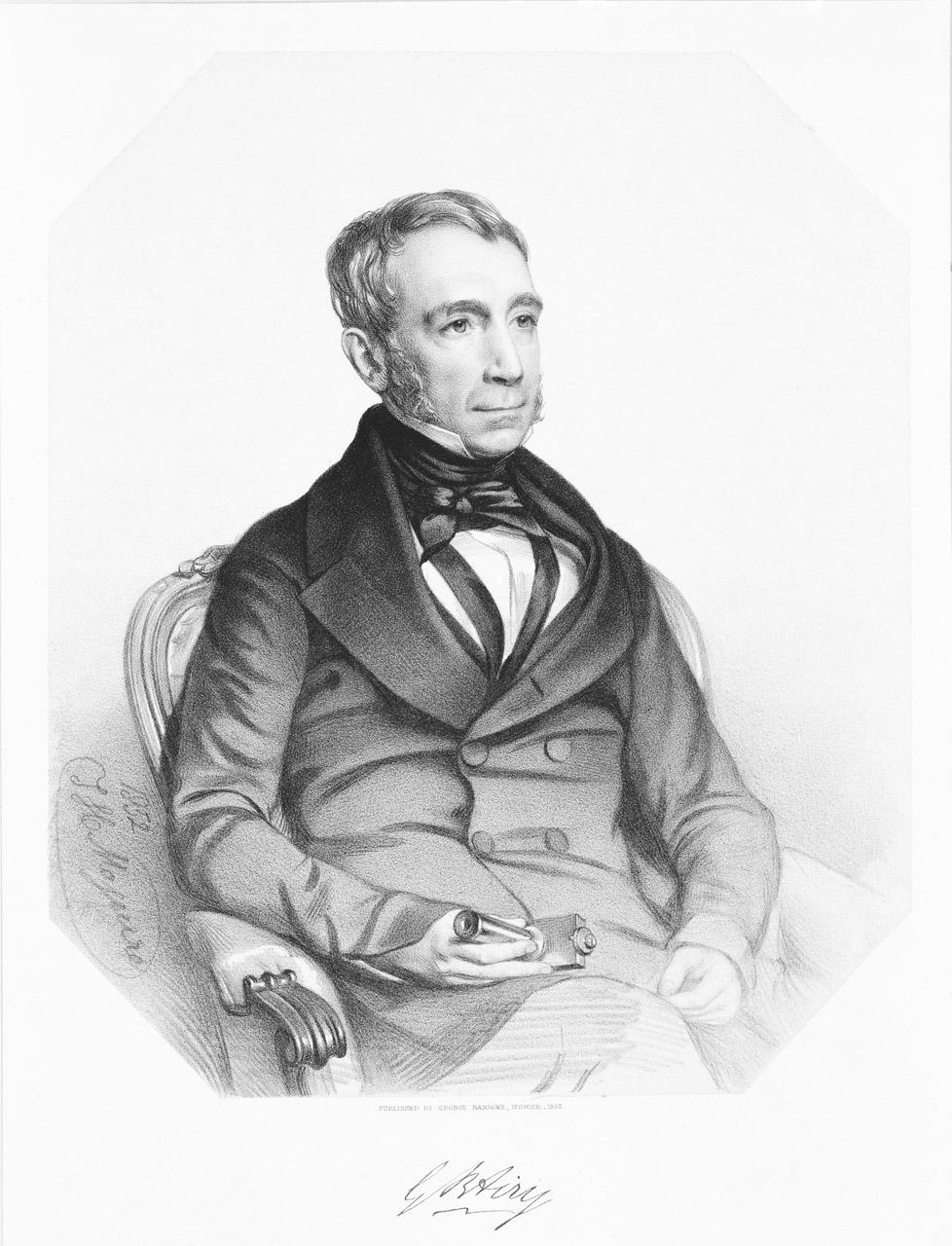
The Airy Collection originally formed the library of the Royal Greenwich Observatory, Cambridge, which was acquired by the National Maritime Museum when the RGO closed in 1998. Whilst the collection began as Airy’s personal library, as the RGO moved away from Greenwich - first to Herstmonceux Castle and later to Cambridge - the collection swelled to contain any books pre-dating 1900. Unfortunately, this means it is almost impossible to identify which books genuinely belonged to Airy.
Readers with specific interests in the history of science and astronomy will find the collection particularly useful, as it includes works from notable scientific figures such as Isaac Newton and Johannes Kepler. It also provides a valuable insight into the research carried out at the Observatory during its period of activity, with texts on astronomical observations conducted there. Interestingly, other subject areas such as discovery and exploration are also covered due to Observatory’s link to the discovery of longitude.
Popular Astronomy
Whilst cataloguing parts of this collection I have come across complex mathematics and detailed tables of observations that are not particularly easy to digest especially without a specialist scientific knowledge. However, just as today with famous figures such as Brian Cox, some astronomers and writers did endeavour to make their work appealing and accessible to everyone. James Ferguson’s 1756 work, Astronomy explained upon Sir Isaac Newton’s principles, and made easy to those who have not studied mathematics (RMG ID: PBG0693), is an early example of this. Referring to his work Ferguson explained:
‘I had a view …, to avoid all superfluity, and to render everything as plain and intelligible as I thought the subject would admit of.’
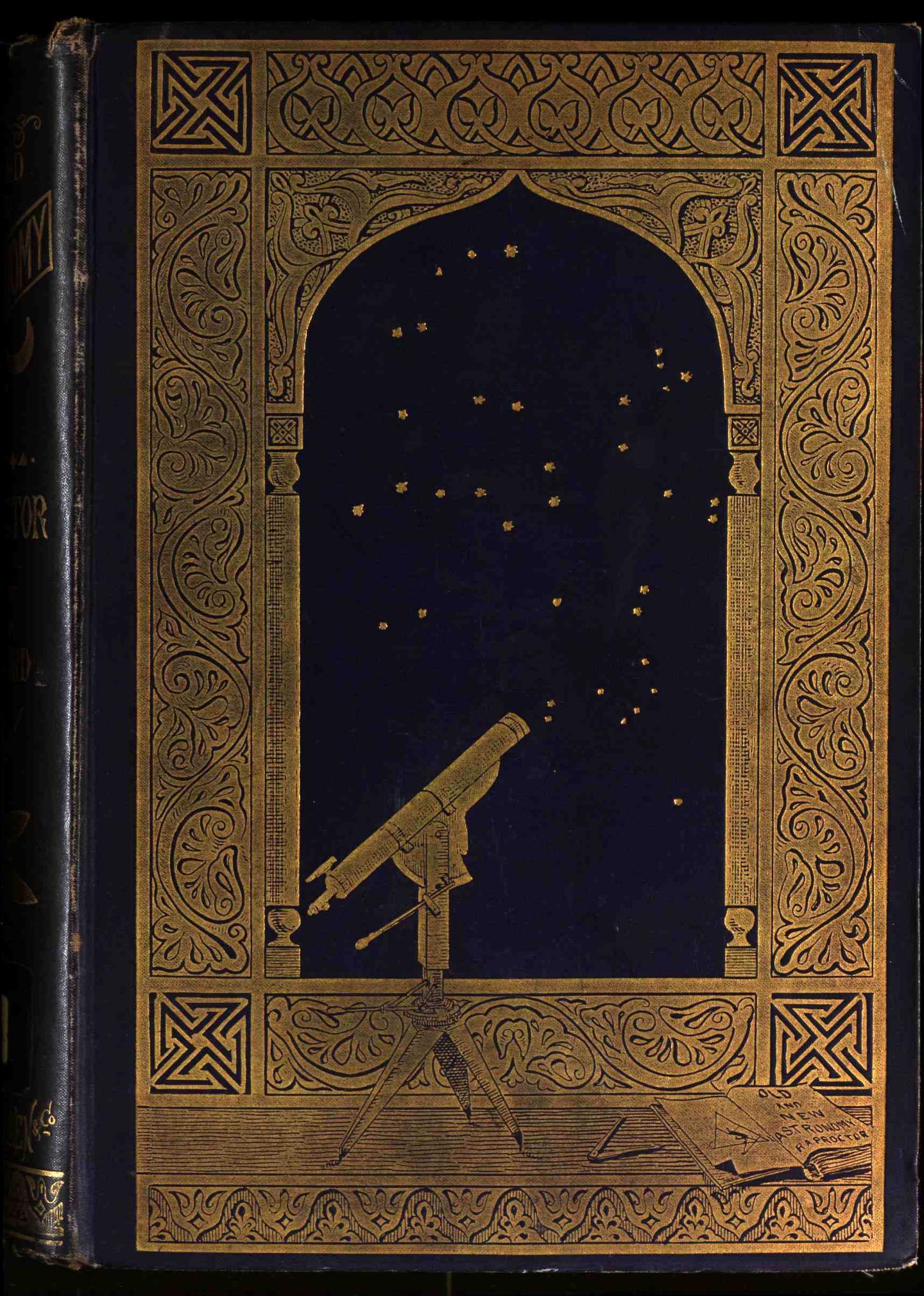
Others had different reasons for turning to popular astronomy. In the introduction to his posthumously published Old and New Astronomy (RMG ID: PBG3068), it’s stated with a hint of bitterness that Richard Proctor was forced to changed his writing style to one that did not require ‘a prolonged effort of reasoning or arduous study to understand’ for financial reasons. In this, his final work, the editor states he was finally able ‘to devote himself to writing a more serious work.’
Stories behind the books
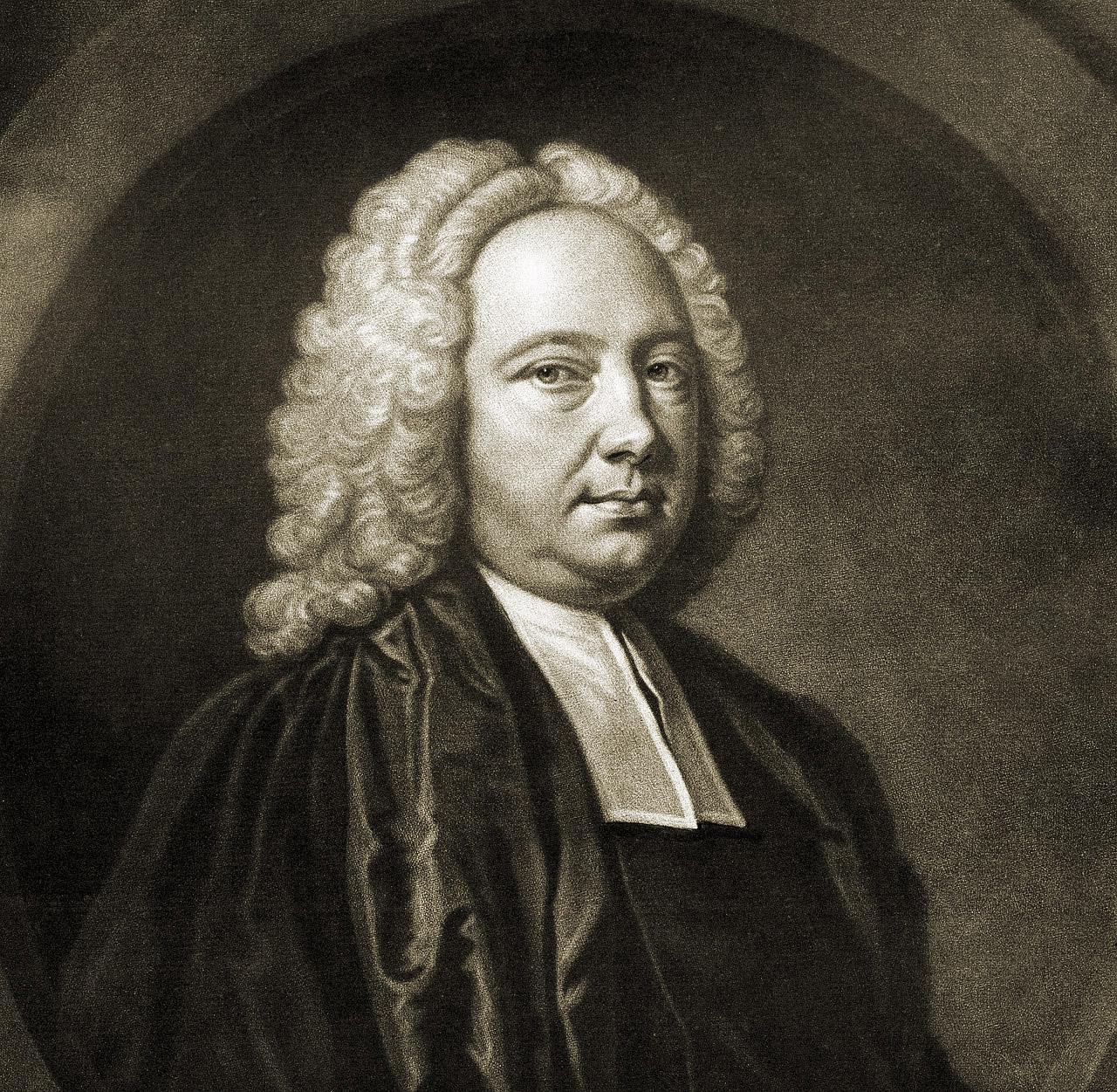
As with many of our rare books, the story of their production can often be as interesting as the content within. An example of this is James Bradley’s Astronomical observations, made at the royal observatory at Greenwich, from the year 1750 to the year 1762 (RMG ID: PBG0607/1-2). Bradley was the third Astronomer Royal at Greenwich from 1742-1762, and this publication was the culmination of a very thorough programme of observations at Greenwich. However, it was only published decades after his death due to a bitter legal dispute over the ownership of his work between his heirs and his former employers. Eventually published in 1798, the introduction disputed the notion that Bradley’s descendants were at fault, even suggesting the Royal Society ‘pretended a right of property over them.’ Regardless of which party was justified, the saga resulted in changes to the ownership of observations conducted at the Observatory and partly led to the publication of the journal Greenwich Observations.
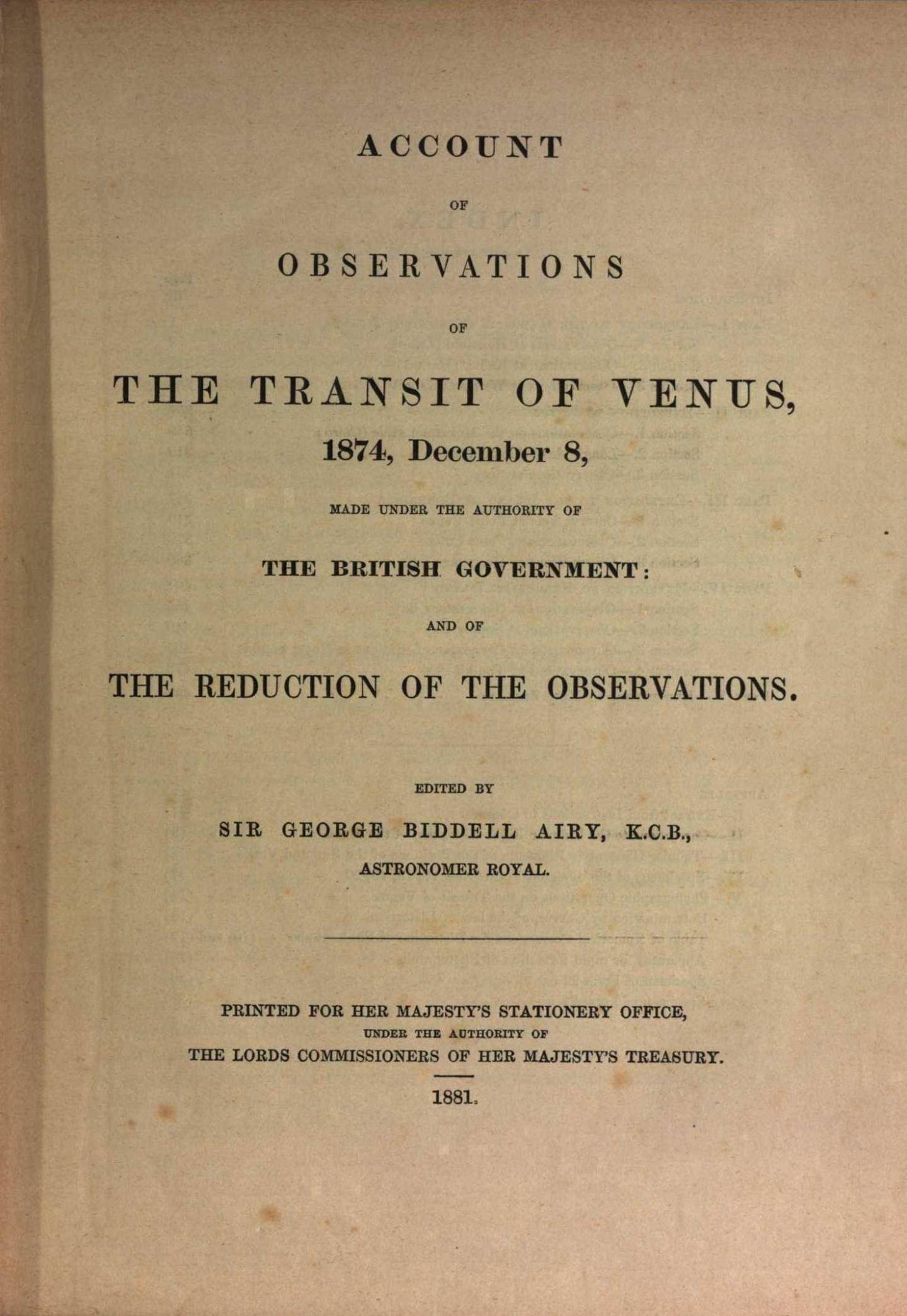
The collection, as you might expect also includes many of Airy’s own publications. The Account of observations of the transit of Venus, 1874 (RMG ID: PBG2608) is one of these but unfortunately for Airy, it represented somewhat of a failure. The Transit of Venus occurs when Venus passes directly between the Sun and Earth, appearing as a small black dot moving across the face of the sun. This event happens very rarely and was of great scientific importance as they provided the first real estimate at the size of the solar system. Airy had been talking of the coming event since 1857 and much preparation was put into funding new equipment and expeditions to record measurements. Unfortunately, for Airy after all the build-up and expectation the result fell a little flat. The new photographic techniques designed to record more precise measurements proved unsuccessful and were unable to improve upon existing knowledge.
Airy acknowledges these issues, concluding that some believed that distortion and irregularities ‘produced uncertainty in the measures of the photographs’. Whilst he never explicitly admits his disappointment, perhaps it is telling that the observations were only published in 1881, seven years after the fact.
Significant scientific works
Unsurprisingly the collection also houses significant and interesting scientific works, some of which completely revolutionised preconceived ideas. One such example is an English translation of William Gilbert’s, De Magnete, Magneticisque Corporibus, et de Magno Magnete Tellure (RMG ID: PBG2128). Originally published in 1600, Gilbert’s highly successful work has led some to refer to him as the father of magnetism.
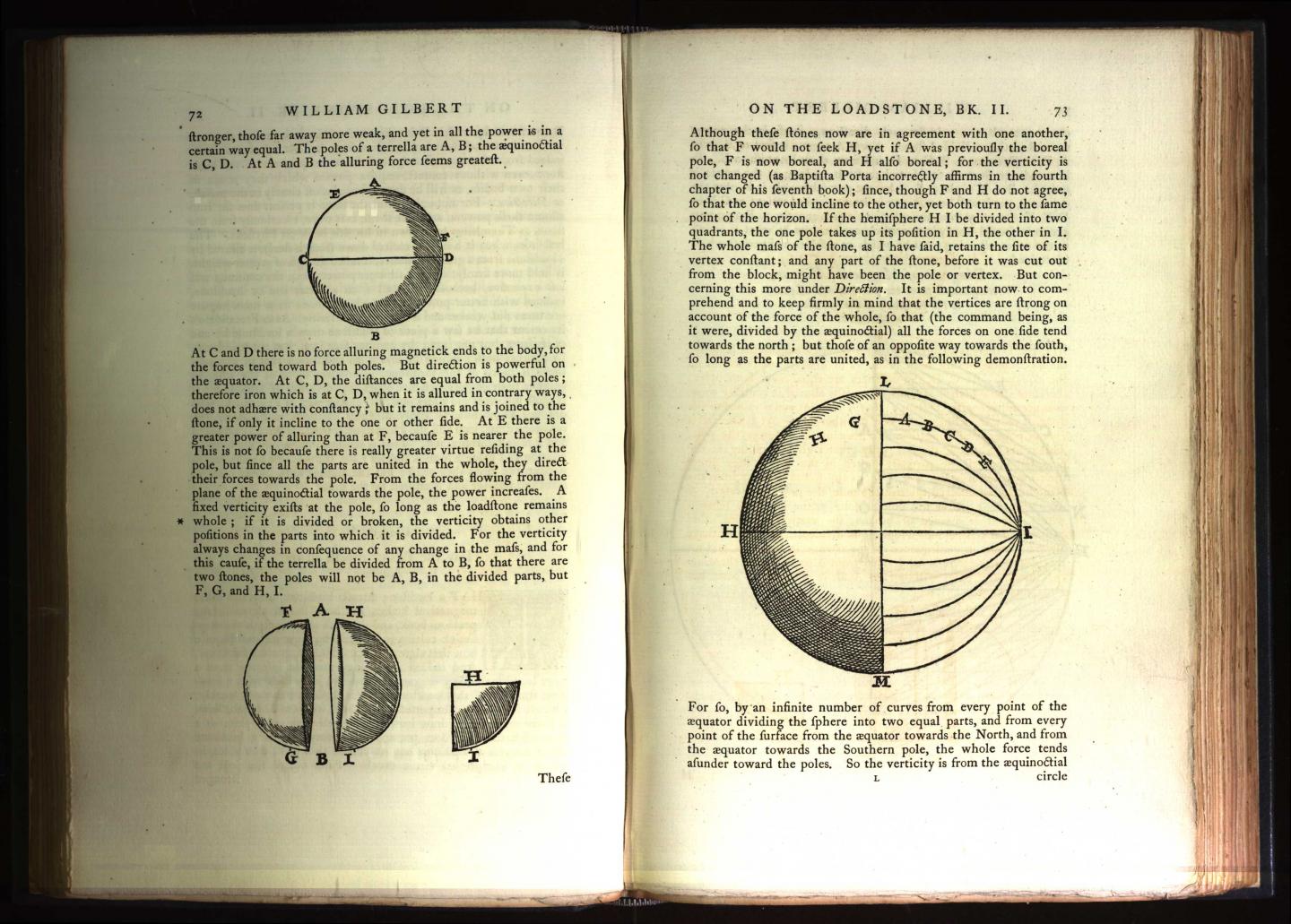
Within it he suggested that the Earth itself was magnetic, demonstrating this idea through experiments conducted with models of the Earth called terrellas. This was the first physical rather than theoretical proof of Copernicus’s idea that the Earth rotates daily on its axis, and the planets orbit the Sun, and went against the theory of the Earth as a motionless sphere at the centre of the universe. Whilst some were sceptical, his work was accepted by prominent contemporaries including Kepler and Galileo. The latter of which remarked:
'I think him, moreover, worthy of the greatest praise for the many new and true observations that he has made to the disgrace of so many vain and fabling authors, who write, not from their own knowledge only, but repeat everything they hear from the foolish vulgar, without attempting to satisfy themselves of the same by experience, perhaps that they may not diminish the size of their books.'
To view any of these items search for their title in the library catalogue, and to browse the entire collection search ‘Airy Library Collection’.